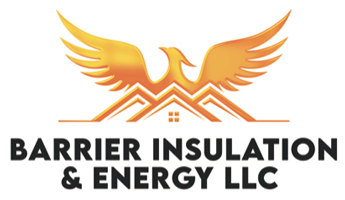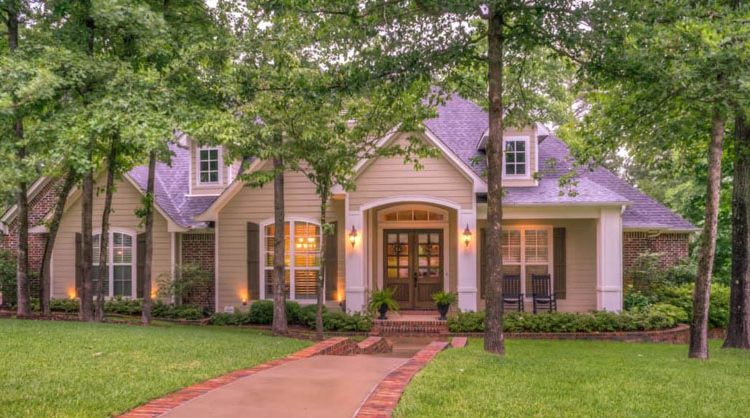Insulating Walls Without Removing The Drywall
To insulate walls without removing the drywall holes on the interior or exterior of the home are cut. Insulation materials are blown or sprayed between the studs to fill in wall cavities with insulation. This, along with attic insulation, helps create a more energy efficient home that requires less natural gas or electricity to stay comfortable.
Wall Insulation
When it comes to high energy costs, it has really made homeowners much more aware of having the right insulation. There are some experts that have stated that a person can save about 15% on their energy bill by sealing up any air leaks and even adding some insulation, but that will be based on the location and age of the house.
Older houses, especially those that were built around World War II, are not insulated to more modern standards, but almost every house can benefit from adding insulation. Specifics will be based on the type of house, but there are many options for all without having to remove the drywall in your home.
Check Your Needs
You will need to check out sources such as the North American Insulation Manufacturers Association to see just how much insulation you are going to need. Insulation will be rated by R value, which is the resistance to heat. Most of the United States will need to have between R-60 to R-37 in the attic and between R-16 to R-12 in the walls.
Exterior Walls
You may add insulation to your walls without removing it by cutting holes into the siding. You can blow spray foam or cellulose into the walls from outside. Just cut a 1 inch to 2-inch hole between the studs at the top of the wall and then spray the insulation into the hole using a hose. Replace the cutouts, fill using wood filler and then sand smooth and paint to restore your siding.
Basement Walls
Insulating the basement walls in your home helps keep your home a more even temperature throughout the year. Basement walls can be insulated with foam board, spray foam, blown-in, and spray foam insulation. For basements that are finished and have sheetrock insulation contractors use similar methods to retrofitting exterior wall insulation installation. Holes are cut to install the insulation and then are patched and painted over.
Attics
The easiest place for you to add insulation is going to be in your attic, under your roof. That is where adding insulation will be most beneficial. Another option is to add some loose fill insulation like fiberglass beads, cellulose, or rock wool. These types of insulation can be bought in bags at a supply store. You can add the loose fill on your existing insulation which has been installed in older homes. You should add between 7 to 12 inches of insulation which meets the requirement.
Roll or Batt
Another option for your attic will be roll or batt insulation which is made of wool, fiberglass or cotton. They will have similar R values, but fiberglass is very common and easily purchased at a supply store. Fiberglass batt is similar to those that are placed in your house wall during construction. You can lay rolls or batts between the joists in the ceiling or over them and make sure to place them on top of existing insulation.
Spray Foam
Spray foam insulation is a more modern and popular insulation type that you can add without needing to remove your drywall. This material is sprayed as a liquid which will expand when it makes contact with air. It will have a fluffy, soft appearance but a high R value. It will expand to fill any cracks so there will be no air openings where cold air can get in or for hot air to escape. In the attic it is normally sprayed between the rafters and the excess material is trimmed using a saw or knife.
How Blown In Insulation Is Installed Behind Drywall
This process is often called retrofitting and involves cutting access holes, blowing in insulation, and then patching. Some homeowners with the time and tools are able to do this, but professional retrofitting is faster and generally more effective. Training and experience make a big difference in how well the new insulation performs. It’s possible to add blown in insulation to attics, walls, under floors and even the crawl space in your home. Learn how the pros install insulation between studs without removing the drywall.
Step 1. Drill Holes In The Wall
To install the insulation without completely removing the drywall our pros find the studs in your walls. Using a stud finder to mark off the studs with a pencil. Drops cloths are used to protect floors and make cleanup easier as 2 inch holes are drilled to fill each of these wall cavities. The holes are drilled as high as possible so insulation naturally piles up and creates an even layer of insulation.
Step 2. Blow In The Insulation
Our professional team of insulation installers work together to place the hose in the wall and slowly inch it out as the insulation is blown in tight. This creates the evenly distributed effective insulation you need for your walls. Dirt and dust may be kicked up during this process so our team wears masks, gloves and goggles for personal safety and protection.
Step 3. Patching & Painting
Once the walls are filled with the insulation the installation holes are patched. This is done by either saving the drywall discs cut as you created the access points or cutting new plugs. Use drywall tape to secure the disc or patch in place, cover it with spackle and let it dry. Once all of the holes are patched and dried the last step is painting the walls to make sure it looks uniform.
This process drastically improves home’s thermal efficiency in both summer and winter. Stay cooler in when it’s hot and warmer when it’s cold without blowing your budget on utilities.
Home & Attic Insulation Service
Barrier Insulation provides retrofitting insulation services for all types of properties. Our team can help you with insulation removal and install new insulation in your home, attic, walls, and floors without having to do major demolition to achieve more energy efficient homes. If you’d like to learn more about how insulation can help save you money and stay more comfortable please call 602-499-2922

